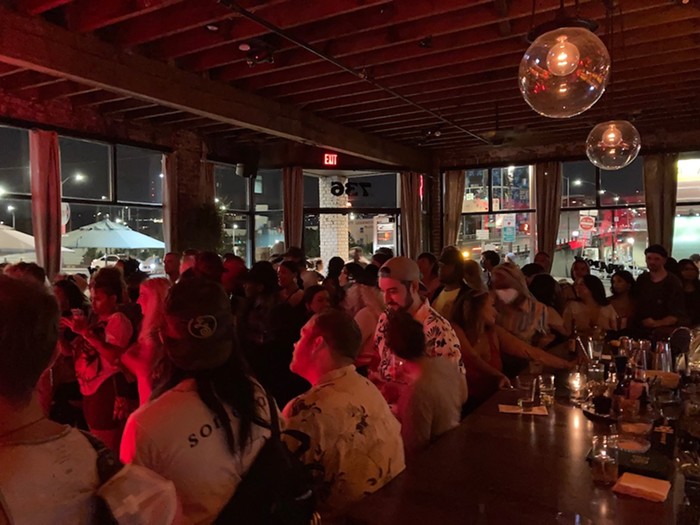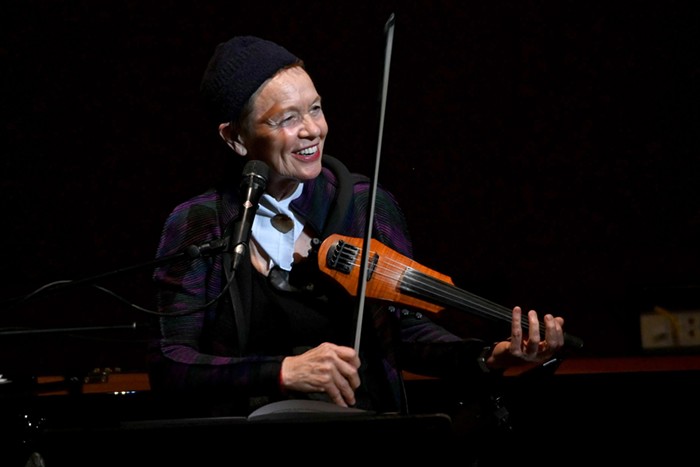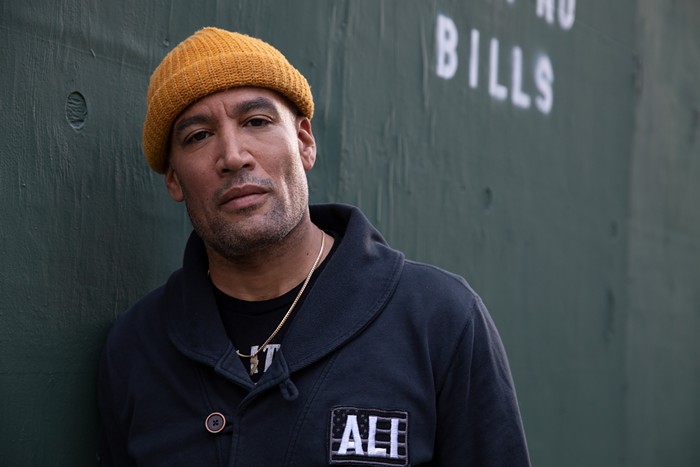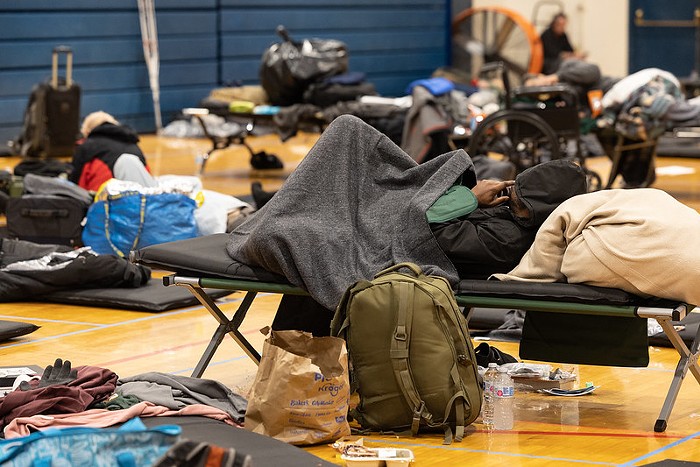ALEXIS GIDEON'S work takes a little explaining. It's the definition of multidisciplinary art, encompassing music, narrative, film, visual art, and more. His latest project, Video Musics III: Floating Oceans, is a reinterpretation of the stories of early-20th-century Irish writer Lord Dunsany, set to music composed and performed entirely by Gideon, and rendered in stop-motion animation by Gideon and artist Cynthia Star (Coraline). It's an opera and a film, and it's also a live musical performance, as Gideon sings and plays many of the musical parts while the film screens overhead. Gideon typically performs in clubs and art galleries across the US and Europe, and—in the case of the hometown premiere for Video Musics III—a movie theater.
If any of this makes Gideon's work sound stuffy and highbrow, rest assured that it isn't. Rather, it's entirely playful and accessible; Gideon frequently narrates in rapid-flow rap, and his music incorporates fiery, progressive-tinged rock alongside ambient, classical, and folk elements. His sources are literary, and often ancient—the first Video Musics retold Hungarian folk tales, and Video Musics II: Sun Wu-Kong came from an epic 16th century Chinese novel—but the resultant work feels fully contemporary. Gideon is an idiosyncratic artist, particularly in terms of Portland music, but he's an absolutely vital and visionary one. The breadth and scope of his work currently makes him one of the most important figures in this city's artistic landscape.
Video Musics III: Floating Oceans is a strange series of fables, following a protagonist through his day-to-day mundane reality, which gradually gives way to surreal dreamscapes. Gideon and writing collaborator Jacob Rubin initially wanted to base their work on Flann O'Brien's novel The Third Policeman, but video director Meiert Avis held the rights. "The upshot of it was I couldn't do the project," says Gideon. "And instead of seeing that as a dead end, I was like, okay, what does this mean? It made me think about deconstructionism, and every text being a rewrite of a previous text, and of future texts waiting to be rewritten. I thought, 'Maybe I can arrive at what I want to arrive at by looking at what influenced Flann O'Brien.' So I did research and I found Lord Dunsany, whose work also happened to be in the public domain. And it ended up actually being better. I love The Third Policeman, but I think that this piece is better than if we had been able to make The Third Policeman."
Over 38 minutes, Gideon and Star's stop-motion characters tumble through a gorgeous series of scenes (artists Matylda Osceola, Tasha Zack, Jamin London Tinsel, and Melody Owen contributed to the costumes and sets), finding the shrinking space between the dream world and reality. It's a beautiful and weird movie, or piece of music, or whatever it is—a story, fundamentally. Any tendencies toward esotericism are tethered in by Gideon's excellent, firm-handed musical lead.
"The music creates the arc," he explains, "and I think that's important for me and my work. It's something that differentiates it from other narrative animation, where the music is always integral, but having the music actually being what the animation is based on—and not vice versa—makes a big difference in just the pacing and time. I'm much more confident in creating an arc that works musically, so I think for me, it's a really a good place to start for the timing to feel right."



















